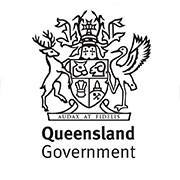Project objectives
|
HPA was engaged to support Queensland Health’s strategic planning agenda and build on a previous review of health service planning guidelines. The objectives were to:
|
|
HPA was engaged to support Queensland Health’s strategic planning agenda and build on a previous review of health service planning guidelines. The objectives were to:
|

HPA reviewed processes for developing and reviewing planning guidelines, assessed the quality of the existing guidelines and identified gaps. Consultations were conducted with Queensland Health stakeholders and staff responsible for planning in other jurisdictions. This was complemented by a systematic review of relevant literature and comparison of the Queensland approaches with those adopted in Australian and international jurisdictions.
The second stage of the project involved the development of planning guidelines for outpatient and community health services and the development of an inpatient services projection model to be owned and maintained by Queensland Health.
The project delivered: